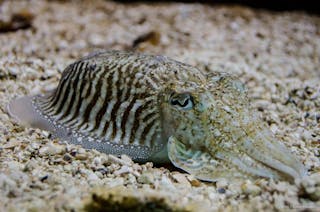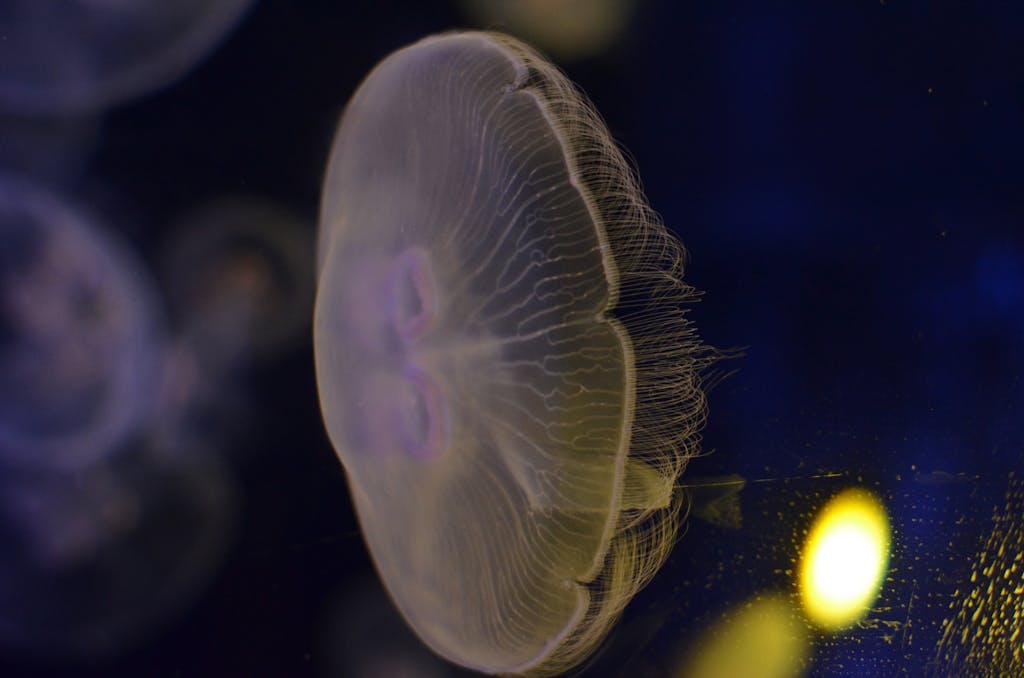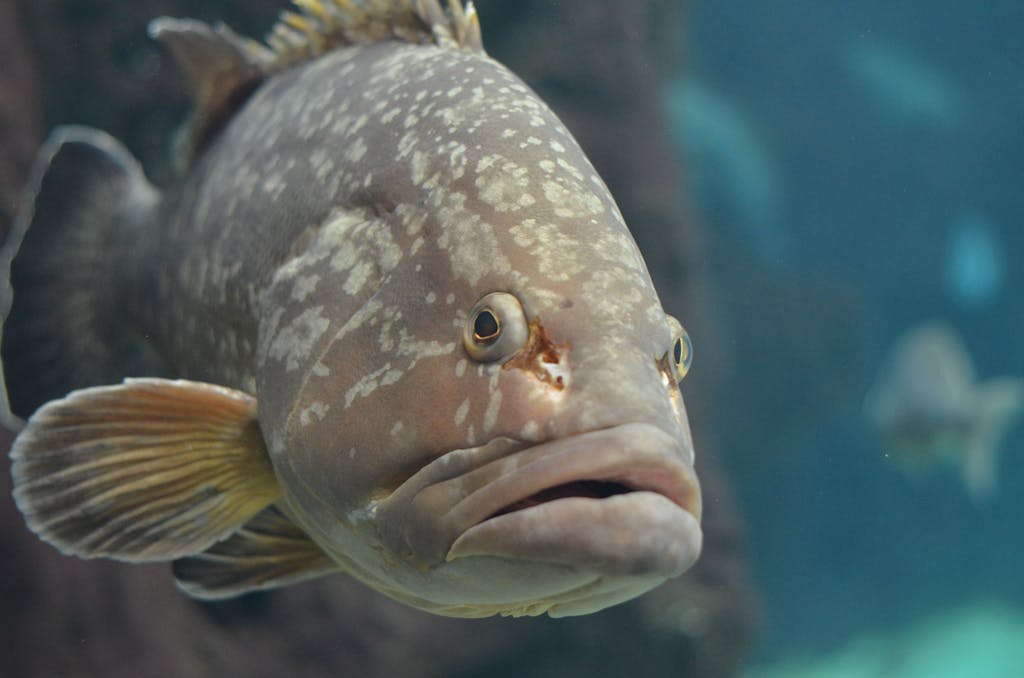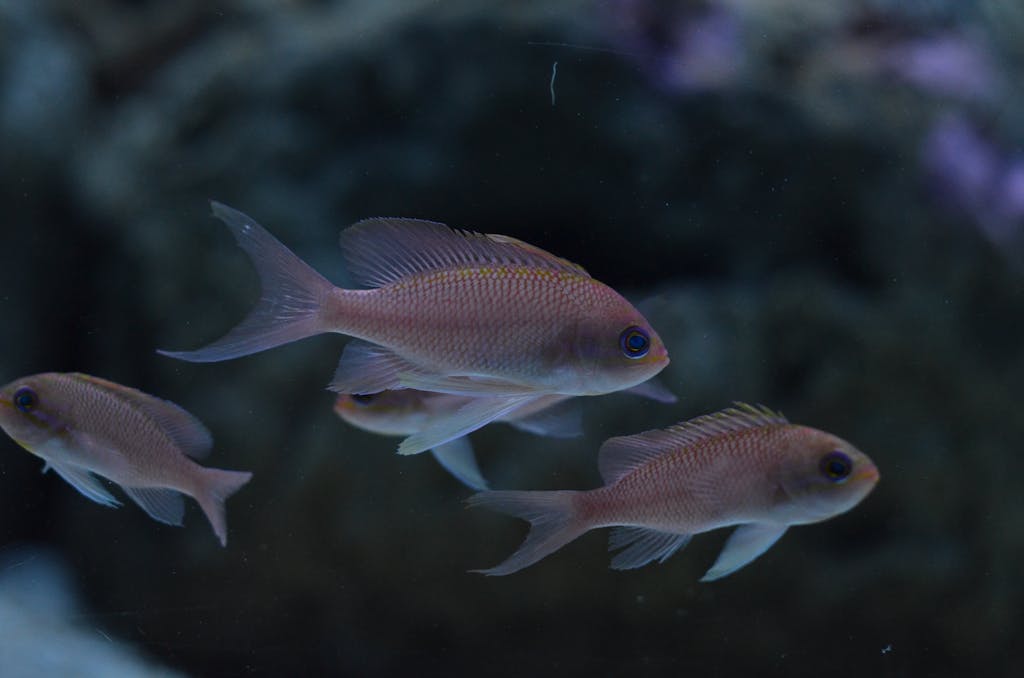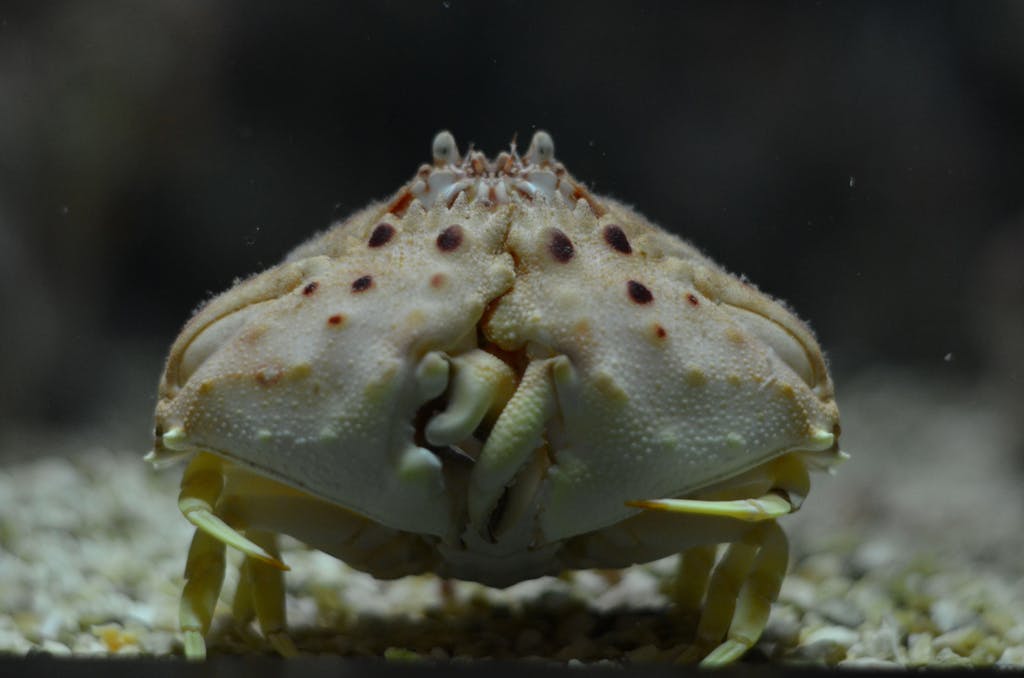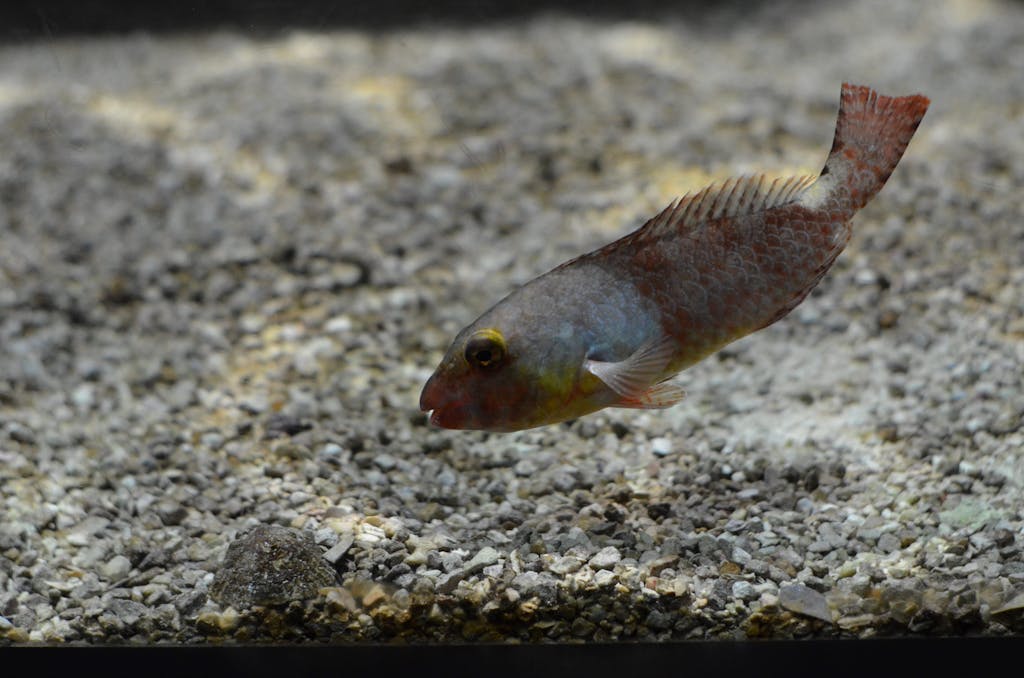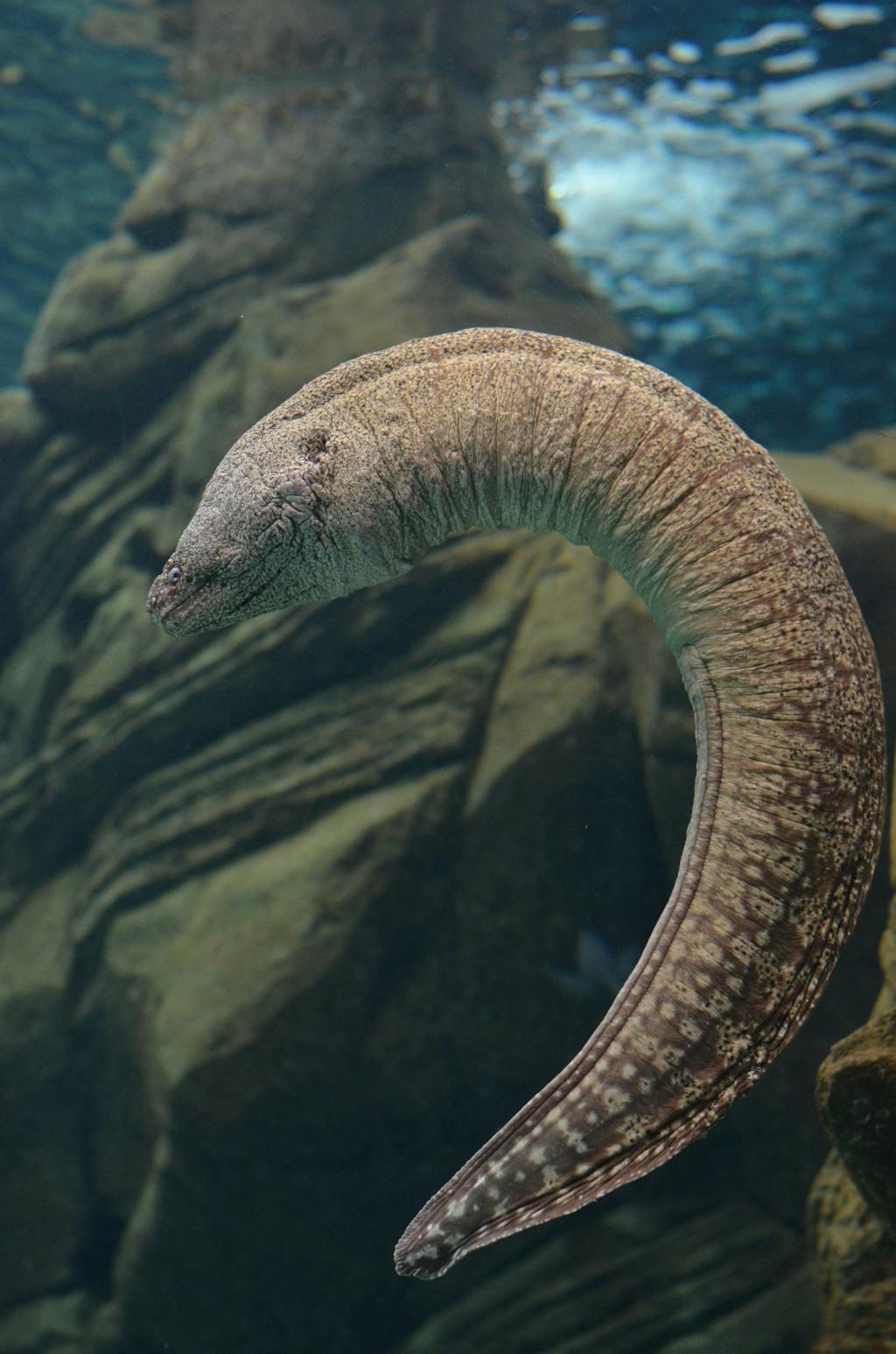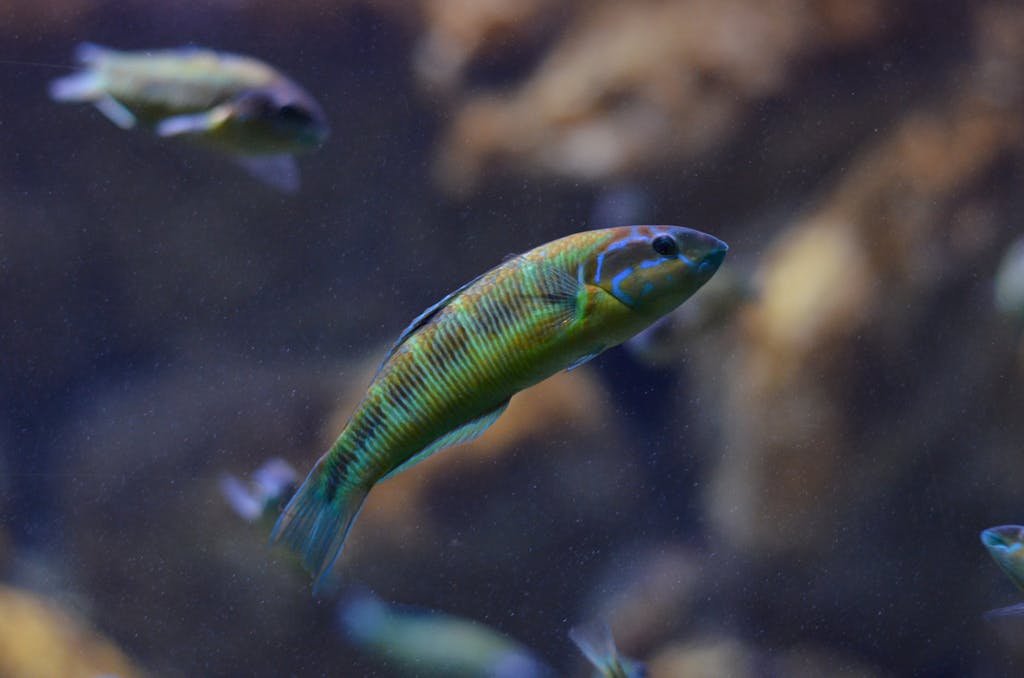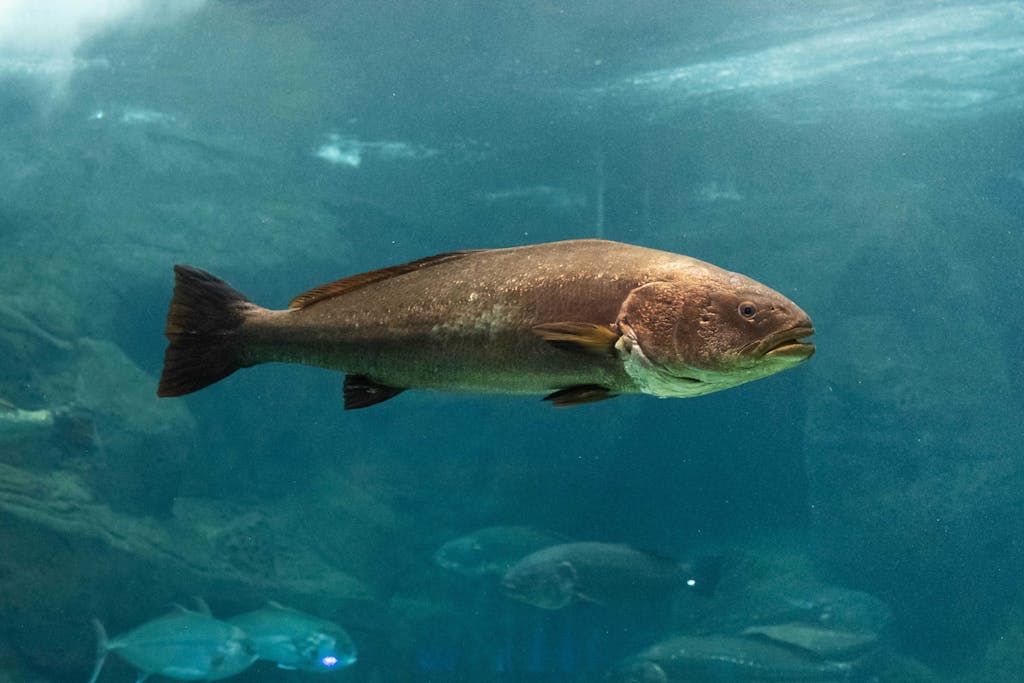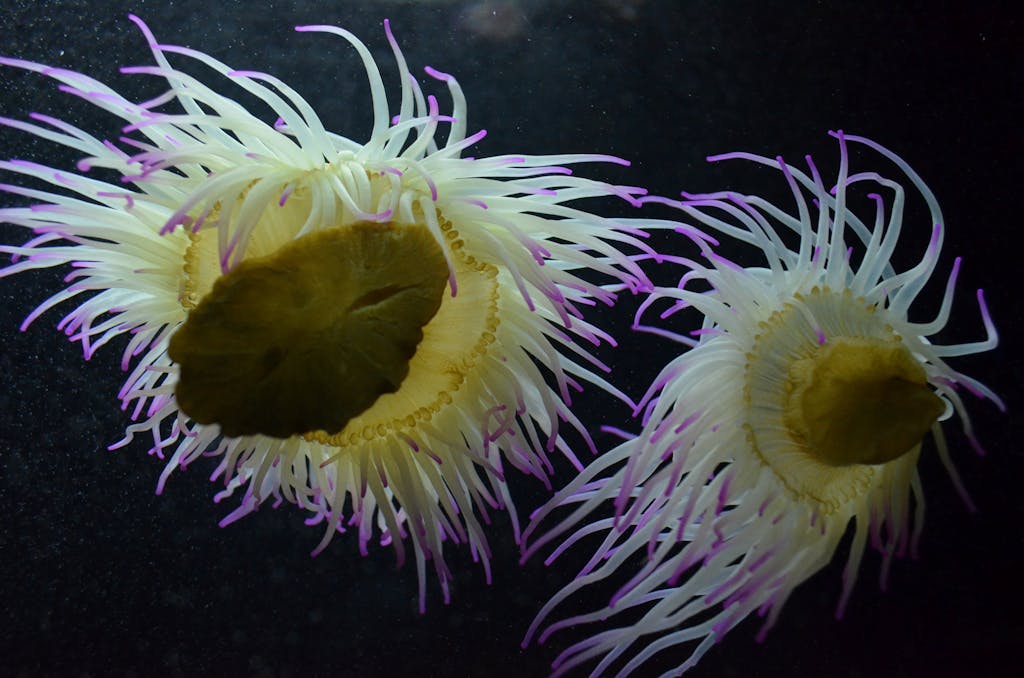Common Cuttlefish
To conceal its movements, it releases a cloud of black ink capable of disorienting its adversaries.
Introducing a solitary creature
The cuttlefish, Sepia officinalis, inhabits sandy bottoms and meadows adorned with sea plants. It remains concealed in the sand most of the time, emerging from its hiding place typically at night for discreet and nearly invisible hunting, courtesy of its impeccable camouflage. With fins fluttering gently, it moves slowly; however, when faced with danger, it can vanish in an instant, creating a water vortex by splashing it backwards. To cover its tracks, it releases a cloud of black ink, capable of disorienting potential threats.
The cuttlefish is typically a solitary creature, yet in spring, it forms small congregations along the shores for breeding. During the mating ritual, the male adopts a distinctive striped colouration, reminiscent of a zebra. The female deposits her eggs in clusters of around one hundred, and these eggs are black due to the ink they contain, serving as a deterrent to potential predators. Until hatching, Mother Cuttlefish remains in close proximity to her eggs, ensuring constant protection and oxygenation. During this period, the cuttlefish fully dedicates itself to these duties, even ceasing to feed. After the eggs hatch, the cuttlefish succumbs to starvation, leaving the larvae to drift with the currents.
Photos by Theano Dandari
The Common cuttlefish can be observed in the tanks at the Aquarium of Crete.



















